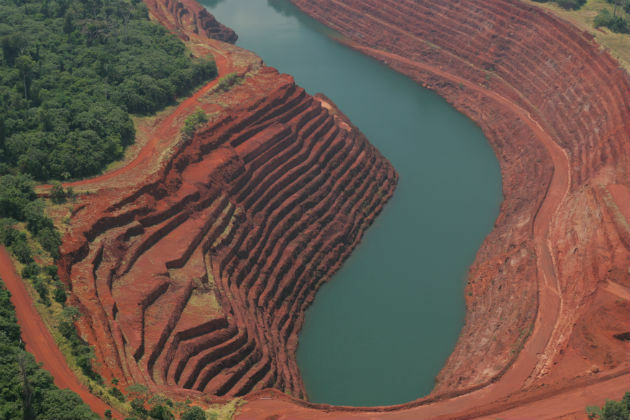Located in the Balkans, southeastern Europe, Bulgaria is bordered by the Black Sea. It is one of the countries with the greatest cultural affinity with Russia, both of which share the Cyrillic alphabet and have Orthodox Christianity as their main religion.
In the seventh century, the territory that currently corresponds to Bulgaria was invaded by peoples of Turkish-Tatar origin who mixed with native Slavs and founded the first Bulgarian Empire.
The Turkish-Ottoman Empire, in 1396, carried out the annexation of the territory of Bulgaria. The north of the country was liberated from Turkey by the Russian army in 1878, while the south (Romelia) became an autonomous province under the Turkish government.
The country gained its independence in 1908, when Ferdinand of Saxe-Coburg-Gotha was proclaimed king.
During World War I (1914-1918) the Bulgarians supported Germany. After the defeat in the confrontation, Bulgaria lost territories to Romania, Yugoslavia and Greece. In World War II (1939-1945), the country was once again on the German side, which suffered another defeat.
Do not stop now... There's more after the advertising ;)
The democratization process started in the 1980s, and in 1988 the Bulgarian regime admitted independent candidates to the presidential elections.
Bulgaria data:
Territorial extension: 110,912 km².
Location: Europe.
Capital: Sofia.
Climate: Temperate continental.
Government: Parliamentary Republic.
Administrative division: 28 regions subdivided into municipalities.
Language: Bulgarian.
Population: 7,544,581 inhabitants. (Men: 3,647,758; Women: 3,896,823).
Demographic density: 68 inhabitants/km².
Average annual population growth rate: -0.6%.
Population residing in urban areas: 71.39%.
Population residing in rural areas: 28.61%.
Undernourished population: less than 5%.
Life expectancy at birth: 72.9 years.
Households with access to clean water: 99%.
Households with access to a health network: 99%.
Human Development Index (HDI): 0.743 (high).
Currency: Lev.
Gross Domestic Product (GDP): US$39,551 million.
GDP per capita: 5,178 of US$.
External relations: World Bank, IMF, WTO, UN, NATO.
By Wagner de Cerqueira and Francisco
Graduated in Geography
Brazil School Team
Previous page - countries
General geography - geography - Brazil School
Would you like to reference this text in a school or academic work? Look:
FRANCISCO, Wagner de Cerqueira e. "Bulgaria 2"; Brazil School. Available in: https://brasilescola.uol.com.br/geografia/bulgaria2.htm. Accessed on June 29, 2021.


